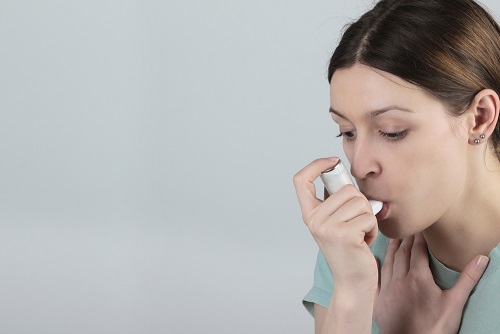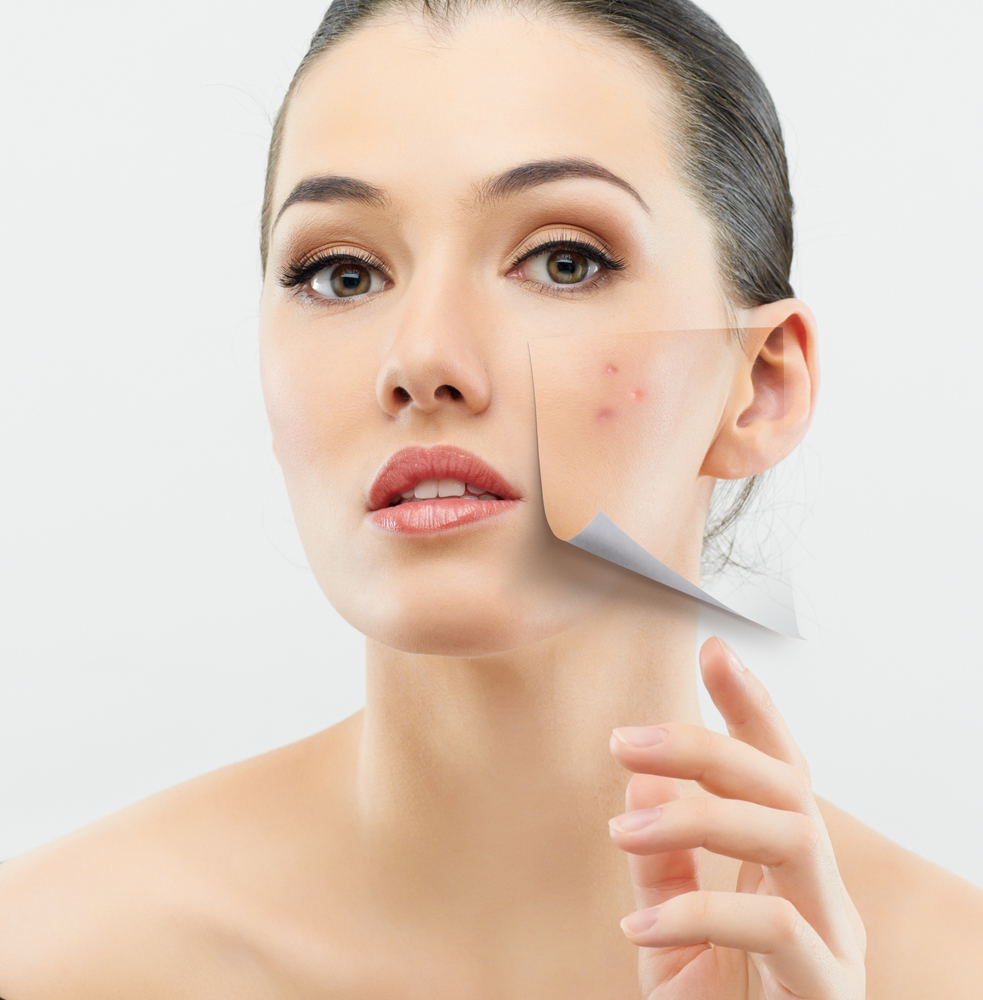
Written By Lucy Peters
Despite still-rising rates of COVID-19 in some parts of the world, airports across the globe are already reopening as part of lockdown easing restrictions. The U.S. Travel Association has already outlined what travel will look like for people in the near future. Their report, Travel in the New Normal, indicates that health care professionals completing residencies abroad, attending key medical conferences, or applying for jobs interstate or overseas will be able to do so safely. The report covers many parts of the travel ecosystem that doctors, nurses, and other passengers will have to negotiate when opting to travel during the era of ‘new normality.’
Newly Designed Public Spaces and Airports
Until the COVID-19 vaccine is manufactured and received on a wide-scale basis, traveling healthcare workers can get used to new designs in airports. Thus, sanitation stands with antibacterial gel, physical barriers such as transparent screens in areas where customer attendants are dealing with people, automated entrance, and contactless check-ins will be prevalent. Payments via mobile, contactless ticketing and identification, and automated ordering and pick up for food and services during travel may also grow in importance. Because healthcare workers have a higher risk of exposure to the virus, it will be vital to follow physical distancing and PPE use seriously — both for the health worker’s health and those of passengers flying in close contact with them.
Training for Employees
The U.S. Travel Association recommends that healthcare and other workers who will be traveling frequently invest in training for employees regarding implementing safety measures. Resources can and should also ideally be provided to families traveling during the health crisis, since health workers completing a residency or stint of work abroad or interstate will most likely be bringing families unless they normally live alone. Resources should be provided regarding currently unsafe places to travel. This way, families can avoid flight routes that go through high-risk areas. Supplemental health travel coverage for family members may also be helpful if medical assistance is needed while you are abroad or in another state. Health workers should additionally be fully informed of the respective risks of different modes of travel.
Health Screening and Immunity Passports
One of the most frequently reported trends in travel involves the use of ‘immunity passports’ indicating that the travel has already recovered the COVID-19 virus. The arrival of the highly awaited vaccine may also herald a new era in which travelers will only be permitted access to planes or other means of transport if they have already been vaccinated. The extent to which immunity passports are feasible remains to be seen. At this point in time, airports, trains, subways and other public spaces are simply redesigning spaces, conducting temperature checks in some cases, and/or asking travelers to walk through sanitizing ‘spray tunnels’ that emit a sanitizing mist.
The nature of travel is already changing at a fast pace. From the use of methacrylate separators in customer service areas to new regulations with respect to serving food, many measures are being adopted by airports, food service companies, and other services related to the industry. Until the arrival of the vaccine, the requirement of ‘immunity passport’s remains a possibility. In order to keep healthcare workers and their families safe, employees should provide quality training regarding destinations and safety measures, and provide advice on the safest way to fly or travel on wheels.
Please also review AIHCP’s Health Care Life Coach Program and see if it matches your academic and professional goals. The program in online and independent study and open to qualified professionals.







